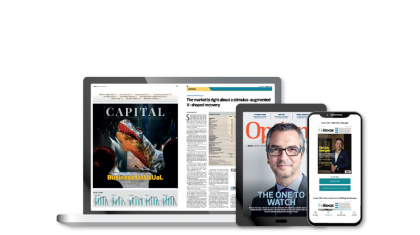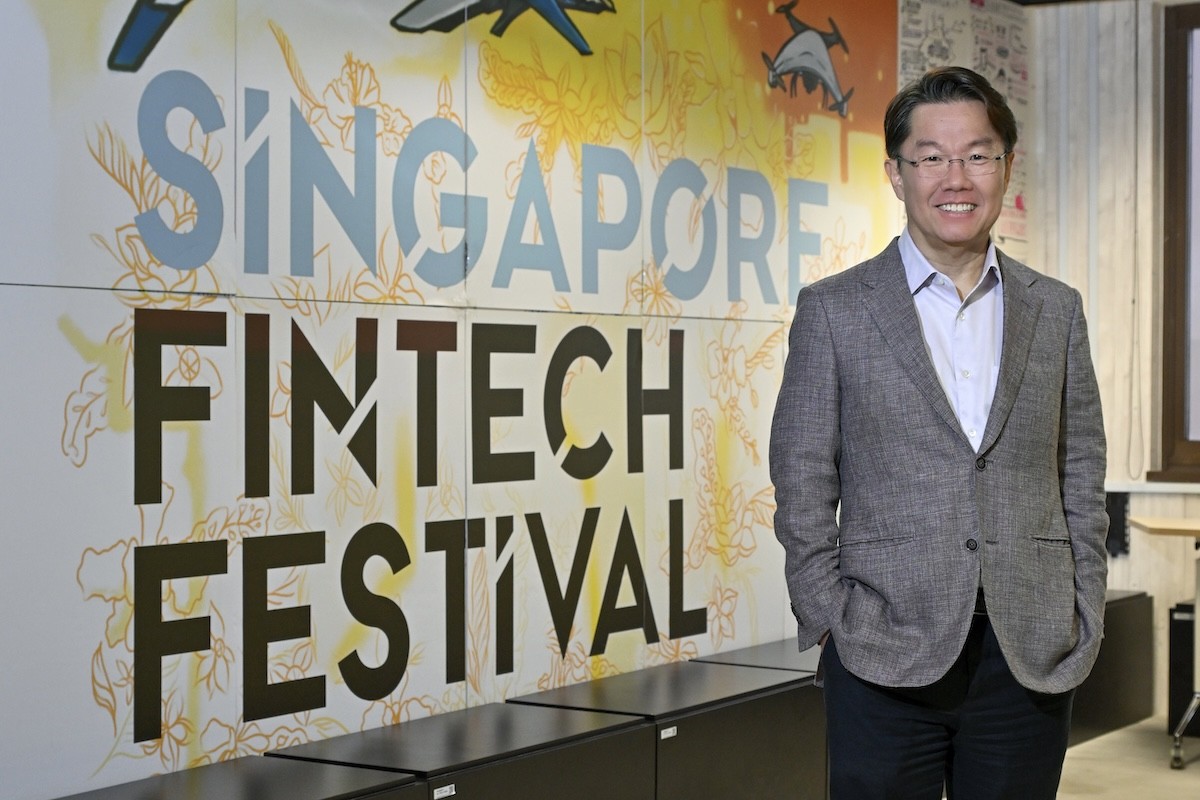U11 (UOB) nor Oversea-Chinese Banking Corp (OCBC) joined the Partior consortium.
Partior was meant to achieve end-to-end settlements in Singapore and US dollars in less than 120 secs. Its model was to provide an alternative for wholesale settlements by banks. However, in July, Partior was reported to have laid off a large portion of its workforce following the appointment of a new CEO in May.
See also: Why financial institutions will continue to prioritise AI in 2025
See also: Navigating the workforce shift for a GenAI-powered future










